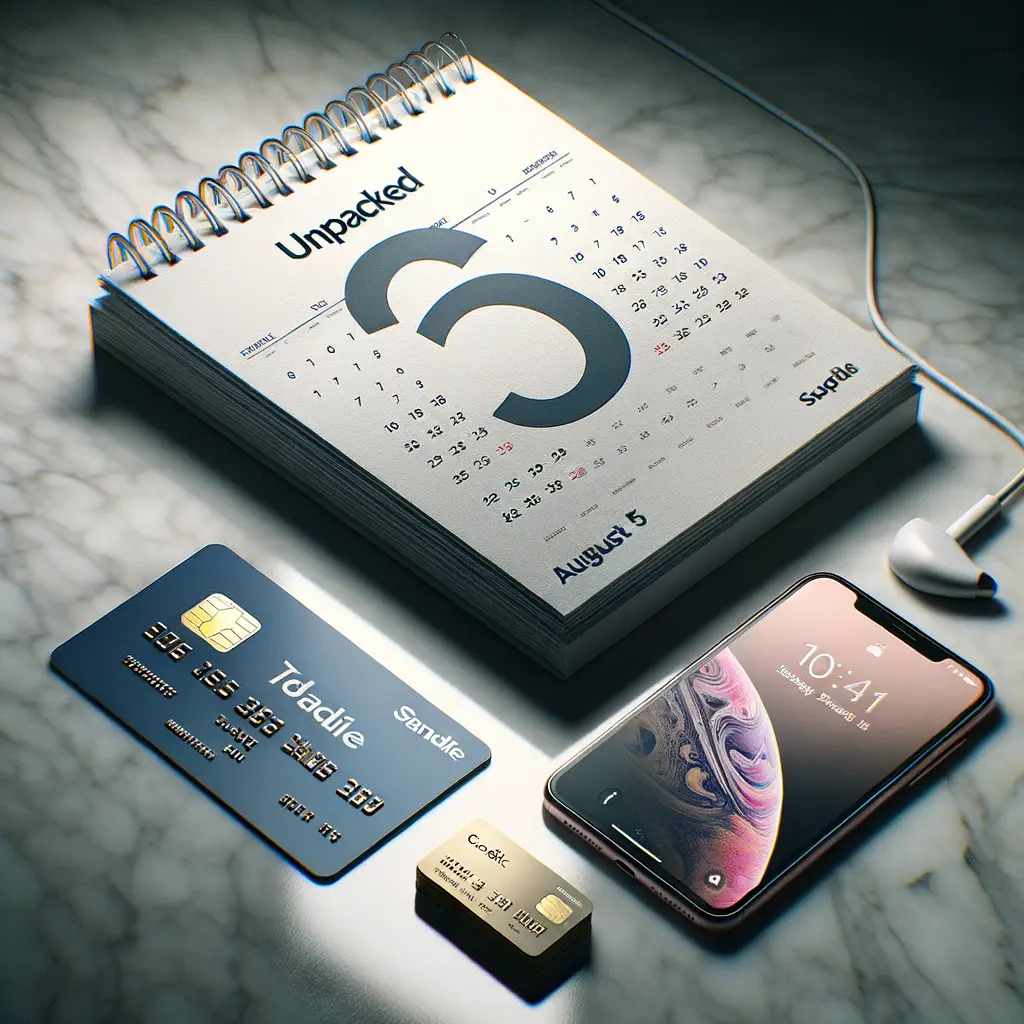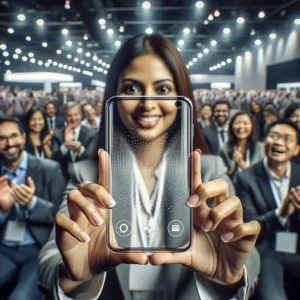Samsung Galaxy Z Fold 7: Why This First Look Matters
The very first official marketing poster for the Samsung Galaxy Z Fold 7 has escaped Samsung’s vault, and it tells us more than any rumor mill spreadsheet ever could. While leak culture has all but guaranteed that every flagship phone arrives with precious few secrets, seeing a promotional stand destined for retail shelves instantly gives the information extra credibility. The poster confirms four of the biggest talking points we have been hearing for months: an astonishingly thin 3.9 mm chassis when unfolded, a tighter hinge with virtually no daylight peeking through, a commitment to the familiar Galaxy Z Fold 7 name, and cover-display bezels that remain largely unchanged. For foldable-phone fans, that first point alone is headline-worthy—never before has a book-style foldable been this slim while open.
Why does thickness matter so much? A thinner profile directly translates to better one-handed handling, easier pocketability and a device that simply feels more like a premium tablet when open and a normal phone when shut. Add Samsung’s improved durability claims from last generation and the company seems determined to erase the perception that foldables must compromise solidity for innovation. Throughout this article we will break down every confirmed detail, cross-reference the newest leaks with prior reports, and explain what the Galaxy Z Fold 7 means for anyone weighing an upgrade. Whether you are chasing raw performance specs, curious about the enhanced AI camera, or simply want to know the Galaxy Z Fold 7 price, you are in the right place.
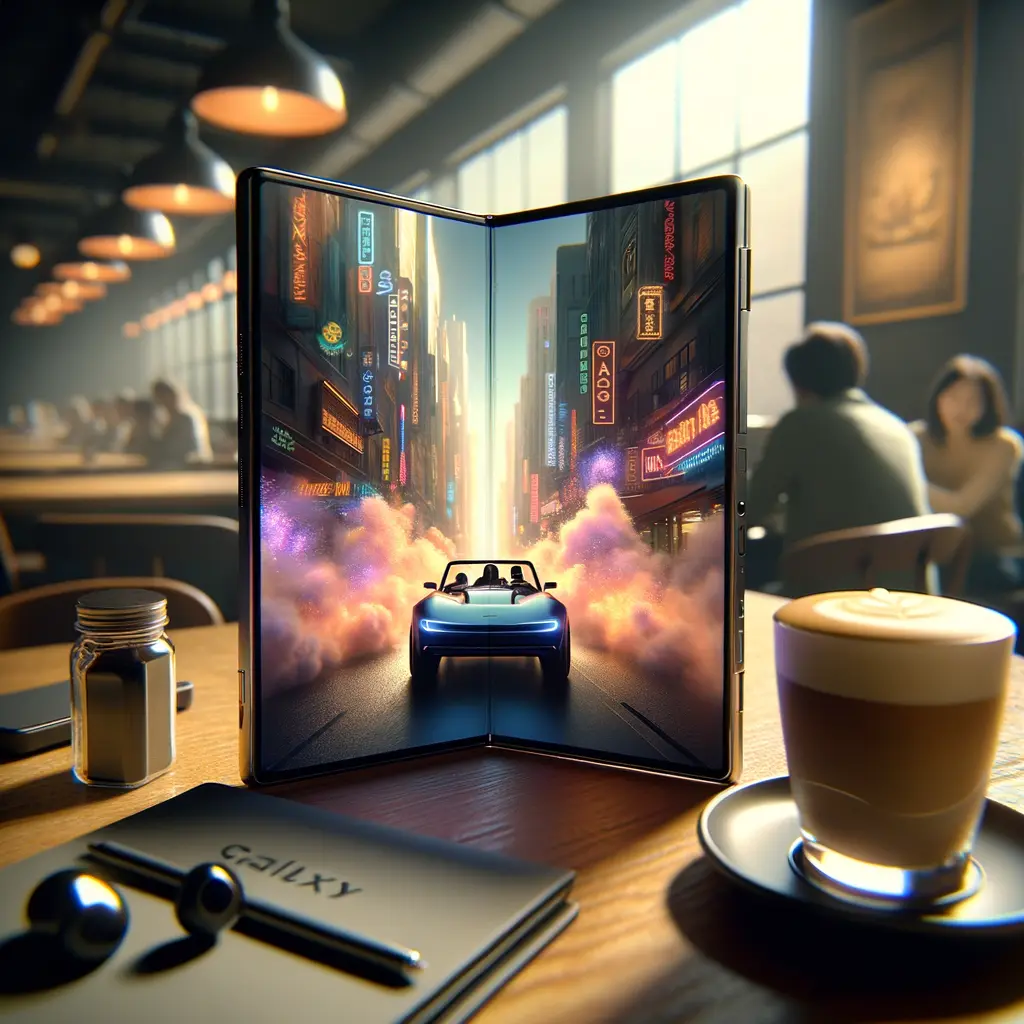
Ultra-Thin Design and the New Hinge: Engineering Explained
Samsung’s obsession with shaving millimeters has reached a new high (or low, depending on how you measure) with the Galaxy Z Fold 7. At just 3.9 mm when fully opened, it is thinner than many conventional tablets and markedly slimmer than the Fold 6’s 5.8 mm profile. To pull this off, engineers redesigned the internal spine with a sturdier yet narrower dual-rail system. The result is a hinge that allows the two halves to sit flush, especially near the central crease where previous generations left a wedge-shaped gap. Less air means fewer potential entry points for dust, one of the silent killers of foldable displays.
From a usability standpoint, the refined hinge brings two practical benefits. First, one-hand unfolding feels smoother and requires less force. Second, the device now rests flatter on a table—handy for Flex Mode video calls. Early retail demo units show the angle difference between panels is reduced to almost zero degrees when shut, making the folded phone look like a regular slab rather than a taco.
There is, however, a trade-off. The posters and Thinborne case renders reveal a noticeably chunkier rear camera bump. It looks exaggerated only because the rest of the body is so ridiculously thin, but users upgrading from older Folds should be prepared for a small wobble when the phone lies flat. Still, Samsung’s mastery of industrial design makes the compromise worthwhile. If you’re interested in design history, check our deep dive on how Samsung iterated from the original Fold to the Galaxy Z Fold 6.
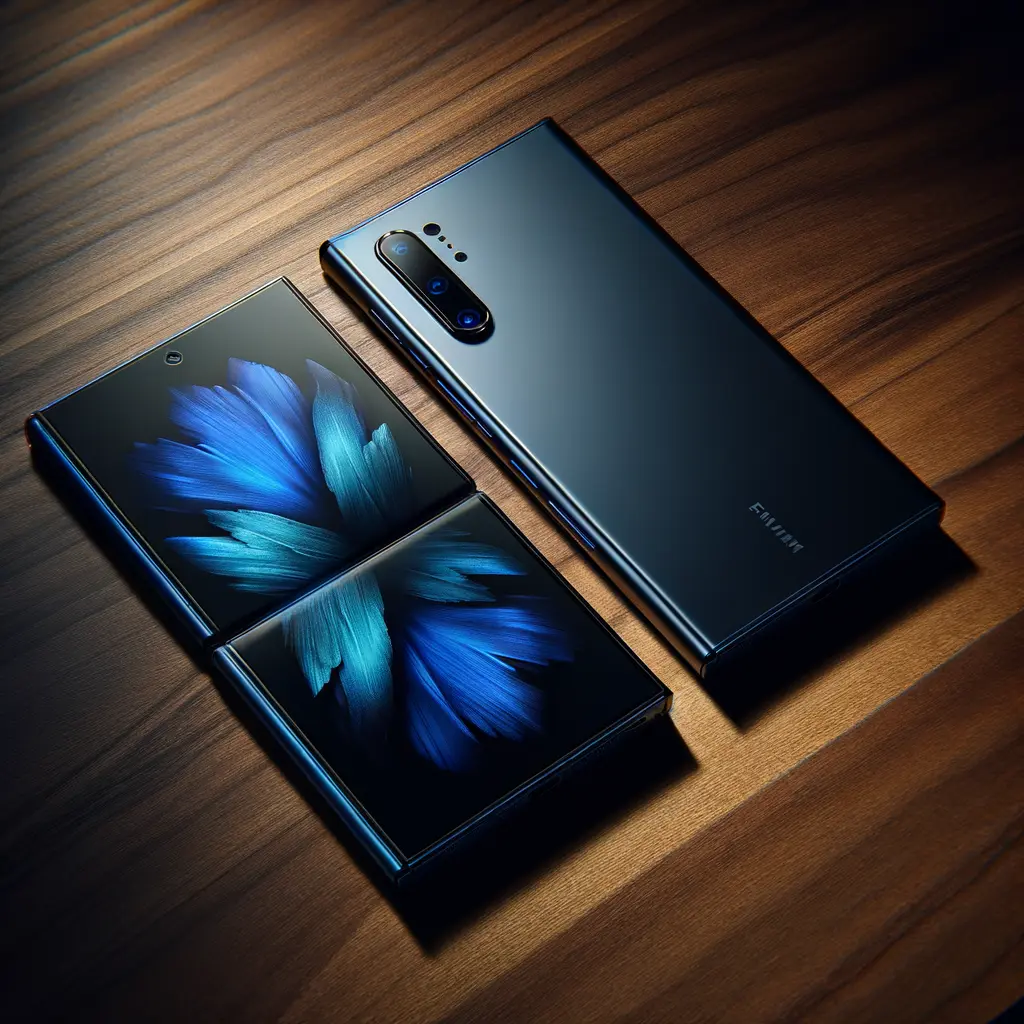
AI-Driven Photography: Galaxy Z Fold 7 Camera Gets ProVisual Engine 2.0
The Galaxy Z Fold 7 camera story isn’t just about megapixels—it’s about machine learning meeting optics. Samsung is pairing upgraded hardware sensors with what insiders call ProVisual Engine 2.0, an evolved AI suite first seen on the S24 Ultra. According to the leak, the new engine boosts photo clarity, digital zoom fidelity, and video stabilization. Expect noticeably sharper night shots, fewer artifacts at 30× zoom, and gimbal-level smoothness when recording 8K clips.
Where things get even more interesting is Samsung’s cryptic teaser that the Fold 7’s camera will “see what you see and respond.” Analysts speculate this points to on-device computer vision similar to Google Lens or Apple’s Vision Pro indexing, but implemented directly inside the Camera app. Imagine pointing at a landmark and instantly getting context cards, or scanning a document and having the phone suggest generative edits without leaving the viewfinder.
Internally, the primary sensor is rumored to climb to 200 MP with a wider f/1.7 aperture, while the periscope telephoto steps up to 50 MP, aligning with top-tier flagships. An AI-assisted ISP should keep shutter lag to a minimum despite the data throughput. If you want an early taste of Samsung’s computational photography, read our guide to Galaxy AI features on One UI 6.1. For professionals, Adobe Lightroom integration remains, supplemented by new Semantic Subject Selection tools that let you isolate elements with a tap—perfect for creators pushing content straight from the phone.
Names, Bezels and Bold Colors: Decoding the Remaining Leaks
Blame the internet rumor mill, but many fans expected Samsung to drop the “Z” branding or adopt an “Ultra” suffix this year. The leaked retail stand ends that debate: the official moniker remains Samsung Galaxy Z Fold 7. Consistency matters for search results, brand recognition and accessory compatibility across generations.
As for bezels, eagle-eyed observers hoped for razor-thin borders on the 6.2-inch cover screen. The poster suggests they are virtually identical to last year’s Fold, while whispers hint the inner 7.6-inch Dynamic AMOLED panel could see marginally slimmer edges. Why keep the outer bezel? Durability and cost—thicker borders cushion drops and house the under-display camera hardware.
Color options stirred confusion when Samsung India posted—and quickly deleted—a teaser reading “Dark Bold Ultra is coming soon.” Insiders now claim that phrase either references a new house color for the Fold lineup or a marketing theme rather than an actual S25 Ultra hue. History tells us to expect Samsung’s usual trio: Phantom Black, Cream and an online-exclusive navy or burgundy. Watch Samsung’s newsroom; limited-edition Thom Browne or Maison Margiela collaborations often follow.
Meanwhile, accessory makers such as Thinborne and Spigen have begun listing bumper cases and slim shells, indirectly confirming port placement and button layout. If you’re protective-case shopping, don’t miss our accessories roundup for Fold owners.
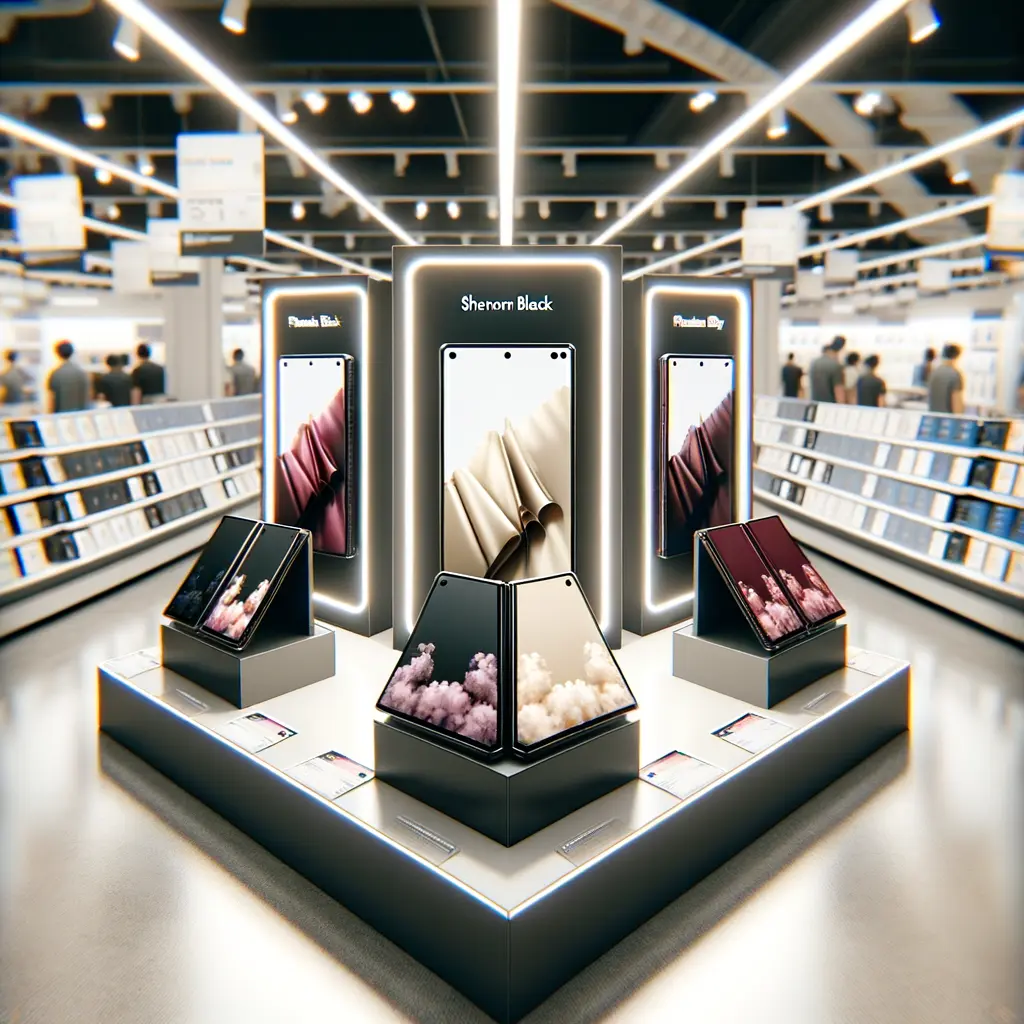
Expected Specs and Revolutionary Features Under the Hood
Beyond aesthetics, the Galaxy Z Fold 7 specs sheet reads like a wish list fulfilled. Multiple insiders confirm Qualcomm’s Snapdragon 8 Gen 4 for Galaxy, fabricated on TSMC’s 3 nm node, paired with 12 GB or 16 GB LPDDR5X RAM and up to 1 TB UFS 4.0 storage. Benchmarks allegedly show a 25 % CPU uplift and a 35 % GPU bump over the Fold 6. A vapor-chamber cooling system nearly double in volume should keep sustained performance in check—great news for Xbox Cloud Gaming or DeX productivity sessions.
Battery life is set to benefit from an energy-dense dual-cell 4,800 mAh pack. Combined with the more efficient SoC, Samsung predicts an extra 90 minutes of YouTube HDR playback. Charging remains 45 W wired and 25 W wireless, though new Gallium Nitride travel bricks may trim wall-time even further.
A “revolutionary” feature repeatedly teased by Korean forums is Adaptive Vision Tracking. Using dual under-display sensors and AI, the Fold 7 could detect where you’re looking on screen and dynamically adjust brightness, cursor focus or even scroll content hands-free. Think of it as eye-control for multitasking spreadsheets in Flex Mode. Samsung reportedly demoed a prototype of this tech to carriers, calling it “Smart Gaze.” Whether it ships at launch or via a One UI 7.0 update is still unclear, but it points to the direction Samsung is heading: blending hardware and context-aware intelligence to make the foldable form factor more than just a cool party trick. For a refresher on existing smart-interaction features, you might revisit our article on Galaxy Labs experiments.
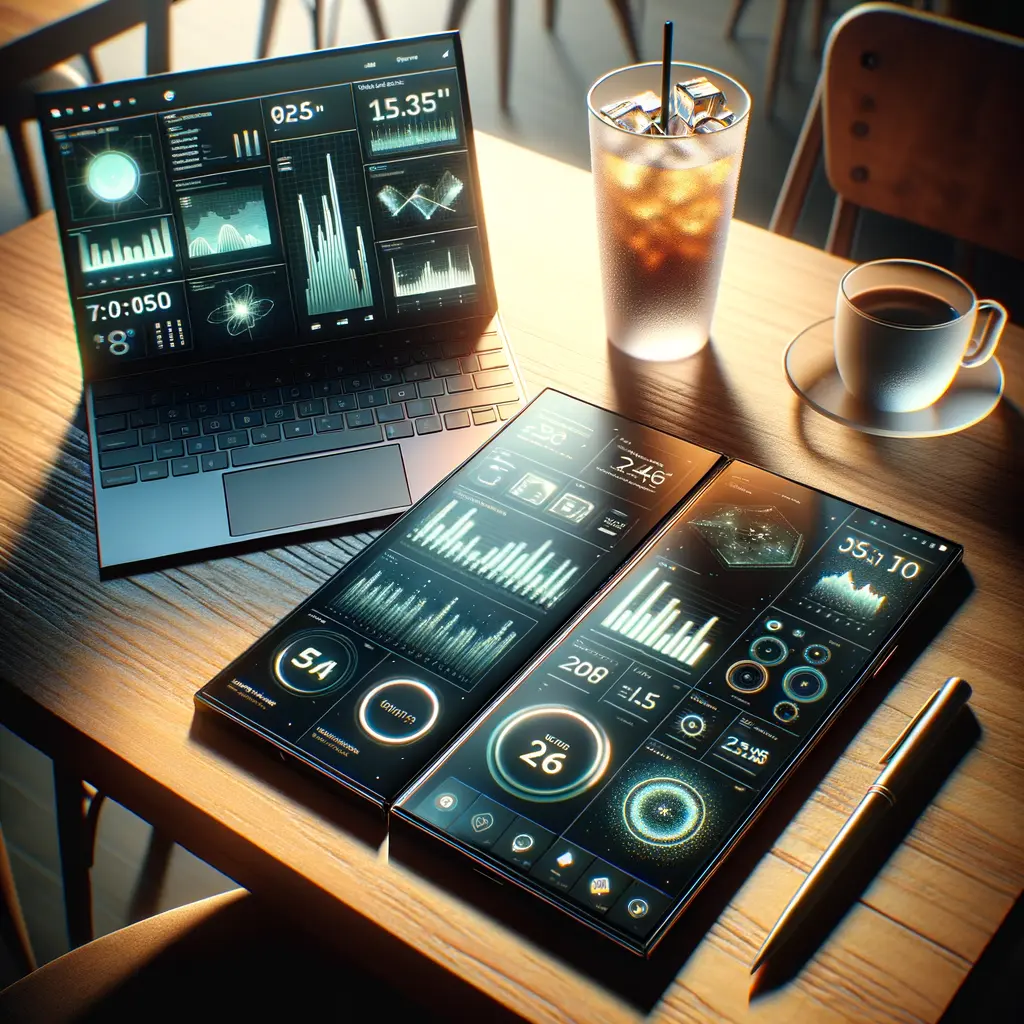
Galaxy Z Fold 7 Release Date, Price and Final Thoughts
Samsung traditionally unveils its foldables at a summer Unpacked event, and reliable tipsters point to the first week of August 2024 in Seoul and New York simultaneously. Pre-orders should open the same day, with devices landing in stores two weeks later. As for the Galaxy Z Fold 7 price, sources at major U.S. carriers suggest an MSRP starting at US$1,799—matching last year—though the 1 TB variant could command a US$1,999 tag. Expect generous trade-in bonuses for older Galaxy Z Fold models and even competitive credits for iPad Pro users to lure tablet owners into the foldable ecosystem.
Should you wait? If you skipped the Fold 6 or crave a truly pocketable tablet experience, the Samsung Galaxy Z Fold 7 shapes up as the most refined iteration yet. Its ultra-thin profile, smarter hinge and AI-heavy camera package address the loudest critiques leveled at foldables. Add next-gen silicon and potential Smart Gaze eye-tracking, and early adopters will have more than bragging rights—they’ll have genuine productivity advantages.
For casual upgraders, keep an eye on launch promotions and read our upcoming comparison piece pitting Galaxy Z Fold 7 vs. Galaxy Z Fold 7 FE (rumored). Either way, this device signals Samsung’s confidence in the category’s mainstream appeal. We will update this article the moment Samsung confirms final specs on stage. Until then, bookmark our Galaxy Z Fold hub and subscribe to our newsletter so you never miss a development on the rapidly approaching Galaxy Z Fold 7 release date.
